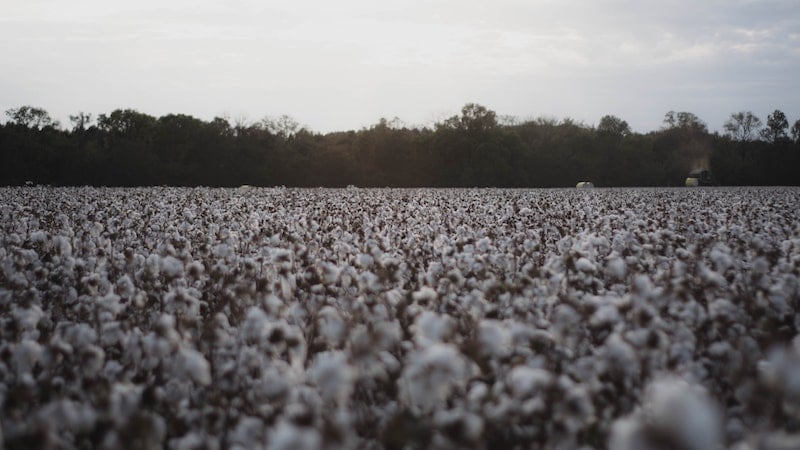By Seshadri Ramkumar, Professor, Texas Tech University
COVID-19 has impacted the normal life and economy. How have the cotton and textile sectors fared?
The year was supposed to end with positive news that two vaccines have been approved for mass inoculation. But the new variant of SARS-CoV-2 which has shown up recently in the United Kingdom is causing genuine concern. With two major holidays around the corner, how will the developing situation impact the global economy and the cotton-textiles sector will be carefully watched.
Reduction in crop production estimate in the United States and interest in cotton products bring out optimism among stakeholders. “Increase in yarn prices in India has boosted confidence in the sector,” stated Velmurugan Shanmugam, general manager of Aruppukottai, India-based Jayalakshmi Textiles.
“Global demand looks much better than a few months ago. Recent surveys of textile manufacturers conducted by the ITMF have described continual improvement since April, observed,” Jon Devine, senior economist at Cary-based Cotton Incorporated.
Significant decrease in this years’ production in the High Plains of Texas, which is the world’s largest contiguous patch is helping with the rebound in prices. This area will produce about 2.3 to 2.5 million bales (480 lbs. each) this year as against last years’ production of 3.051 million bales (480 lbs. each). “The 2020 crop on the Texas High Plains has been severely impacted by dry conditions throughout the growing season,” said Shawn Wade, director of policy analysis and research at Plains Cotton Growers, Inc.
Harvest is almost complete and 90% of ginning is completed in the High Plains area. “Yields are disappointing but overall quality is good,” stated Mark Brown, field services director at Plains Cotton Growers, Inc. Average micronaire has been lower in the High Plains compared to last year due to cold weather in September. “Overall quality is good with strength averaging at 30.5 g/tex and length little bit better than last year,” stated Danny Martinez, area director of USDA’s Lubbock Cotton Classing Office.
Ginning season was impacted by COVID-19, but ginners worked hard to carry on ginning to finish. Year is ending with optimism for the cotton and textile sectors with interest in cotton and rebound in cotton and yarn prices. Again, how the emerging Corona variant will impact is yet to be known.
Happy holidays and safe New Year 2021!





















